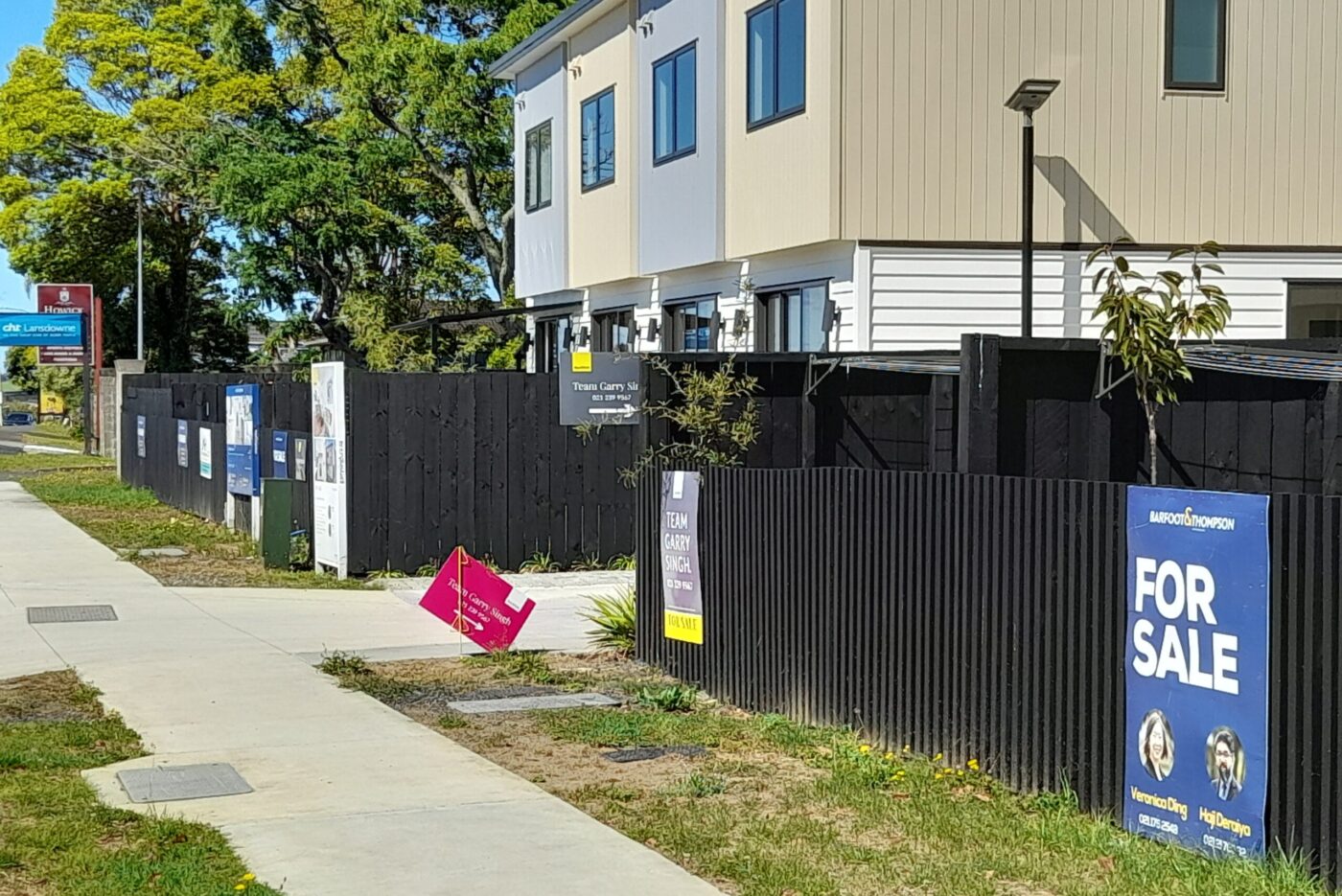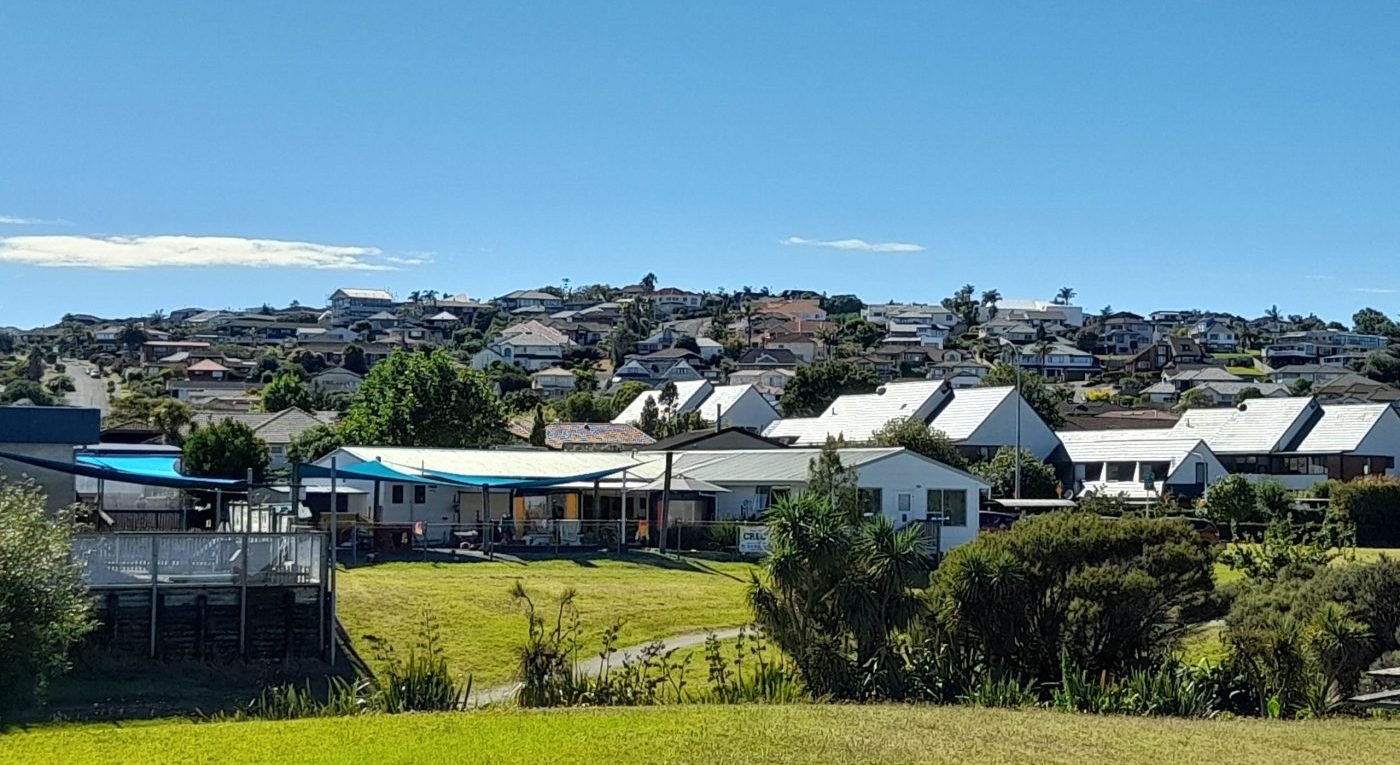 The month of June saw slight falls and rises in house valuations across Auckland, while stocks of properties for sale remain in good numbers. Times file photo PJ Taylor
The month of June saw slight falls and rises in house valuations across Auckland, while stocks of properties for sale remain in good numbers. Times file photo PJ Taylor
A leading Auckland real estate company says it had a “strong close” to the summer-autumn home-selling season, while values haven’t moved drastically in recent months and stocks remain high, continuing the trend this year that it’s a buyer’s market, reports PJ TAYLOR.
Barfoot and Thompson says its sales numbers in the Auckland property market were at their “strongest for the month of June in four years”, with the average price rising to its highest in three months.
“June is normally a month when sales activity starts to tail off with the approach of winter, but this June was a strong sales month,” says Stephen Barfoot, a Barfoot and Thompson director.
“The median sales price for the month at $981,500 was the highest it has been this year and 5.7 per cent higher than last month’s [May] median sales price.
“While this is well below the peak median price established a few years ago, compared to where prices have been over the past few months, it represents a pleasing reversal in direction.”
Vanessa Williams, spokesperson for realestate.co.nz, says in June the average asking price for an Auckland residential property was $1,013,978, down 2.8 per cent on the same time last year from $1,043,415.
According to realestate.co.nz data, total Auckland housing stock available for sale was 12,670, up 4.2 per cent from a year ago.
Auckland Council valuations (CVs) have been released recently, 12 months after their valuation date.
“The fact asking prices have stayed flat over the past two and a half years would indicate the CVs still align with the market,” Williams says.
“There’s a plethora of data available in the New Zealand property market, and while CVs do not necessarily depict sale prices, they do provide people with another data point to inform their property decisions.”
Kelvin Davidson, chief property economist for Cotality NZ (formerly Corelogic), says June was another variable month for residential property valuations in Auckland’s sub-markets.
Papakura was down by 0.7 per cent, and Manukau, North Shore, Rodney, and Waitakere also recorded modest falls.
However, Auckland City recorded a 0.3 per cent rise and Franklin was up by 0.5 per cent.
Most of those areas remain lower than three months ago, although Auckland City has edged higher by 0.2 per cent since March, says Davidson.
“There have been hints in the past few months the stock of listings available on the market in Tāmaki Makaurau Auckland has started to drop slightly.
“But listings remain high, and, as with many other parts of the country, this means buyers still have the upper hand.
“In this environment, it’s not surprising to see continued patchiness in values around the super-city.”
 Cotality NZ figures show property values across the country were up by 0.2 per cent in June. File photo
Cotality NZ figures show property values across the country were up by 0.2 per cent in June. File photo
Barfoot says Barfoot and Thompson has experienced so far this year a “strong increase in the number of sales being achieved compared with the past two years continued into June”.
“We sold 876 properties in June, our highest number in the month of June for four years and was more than a quarter higher than in the same month last year.
“While June’s sales numbers were down on May’s, our sales for 2025 year-to-date continue to run 20 per cent higher than those for last year.
“The market may be drifting in terms of prices, but when it comes to sales turnover it’s stronger now than it has been since sales and prices peaked in 2021.
“New listings in the month at 1405 were solid, but the lowest they’ve been for five months, with month-end housing stock sitting at 5831,” Barfoot says.
“While this number is on a par with stock levels at this time last year, it’s the first time in four months properties on our books have fallen below 6000.
“The rural and lifestyle markets to the north, west and south of Auckland also had a strong month going into winter, with the sales value of properties for June being more than $59 million, the highest sales total in these markets in the month of June for three years.
“Sales by value in the rural and lifestyle markets in the first half of 2025 are running 41 per cent ahead of where they were at the same time last year.”
National outlook
Cotality NZ figures show property values across the country were up by 0.2 per cent in June, reversing two minor monthly falls of 0.1 per cent in both April and May.
At $815,389 nationally in June, average property values remain 16.1 per cent down from the January 2022 peak, although they’ve managed to edge up by 1.1 per cent since September last year and by 0.6 per cent so far in 2025, says Cotality.
Davidson says the results emphasise the present variability of the market.
“On one hand, mortgage rates have come down a long way, and that benefits borrowers whether they’re in Whangārei or Winton.
“But the normal upwards influence this would tend to have on sales volumes and property values is currently being dampened by other forces.
“In particular, the abundance of listings on the market means most buyers aren’t in a rush and can be quite tough when it comes to price negotiations,” Davidson says.
“The subdued labour market remains an important factor, too. After all, it’s not only the direct job losses that are problematic, but a reduction in security for those who have kept their jobs will also be weighing on the property market.
“Of course, problems for some are opportunities for others, and a soft market is providing plenty of scope for first home buyers.
“Mortgaged multiple property owners also remain on the comeback trail, particularly at the smaller end – those buying their first rental investment, or perhaps their second,” says Davidson.